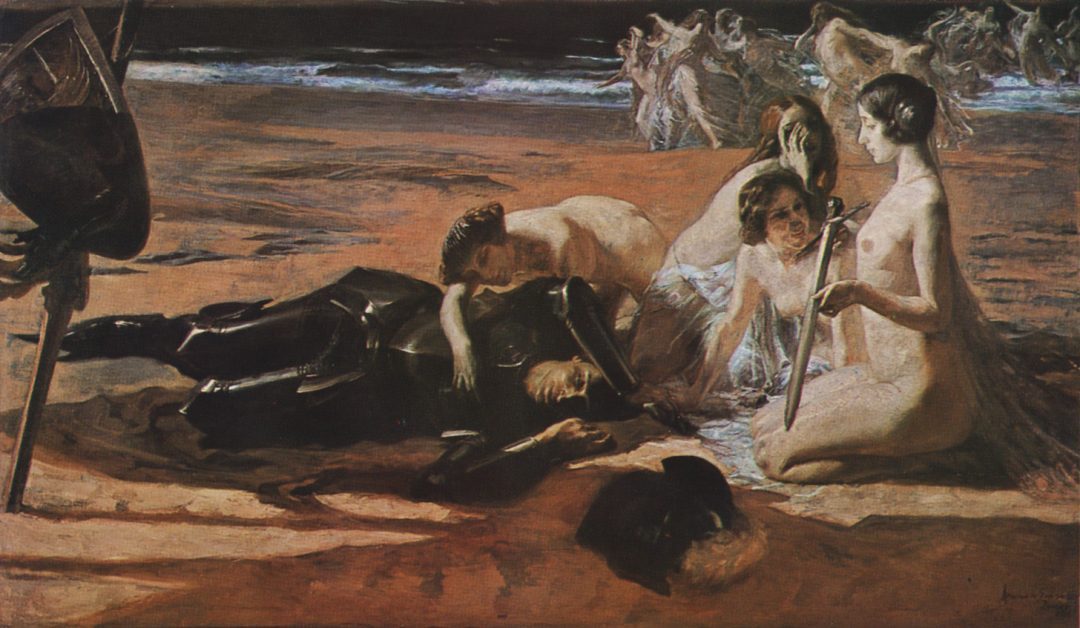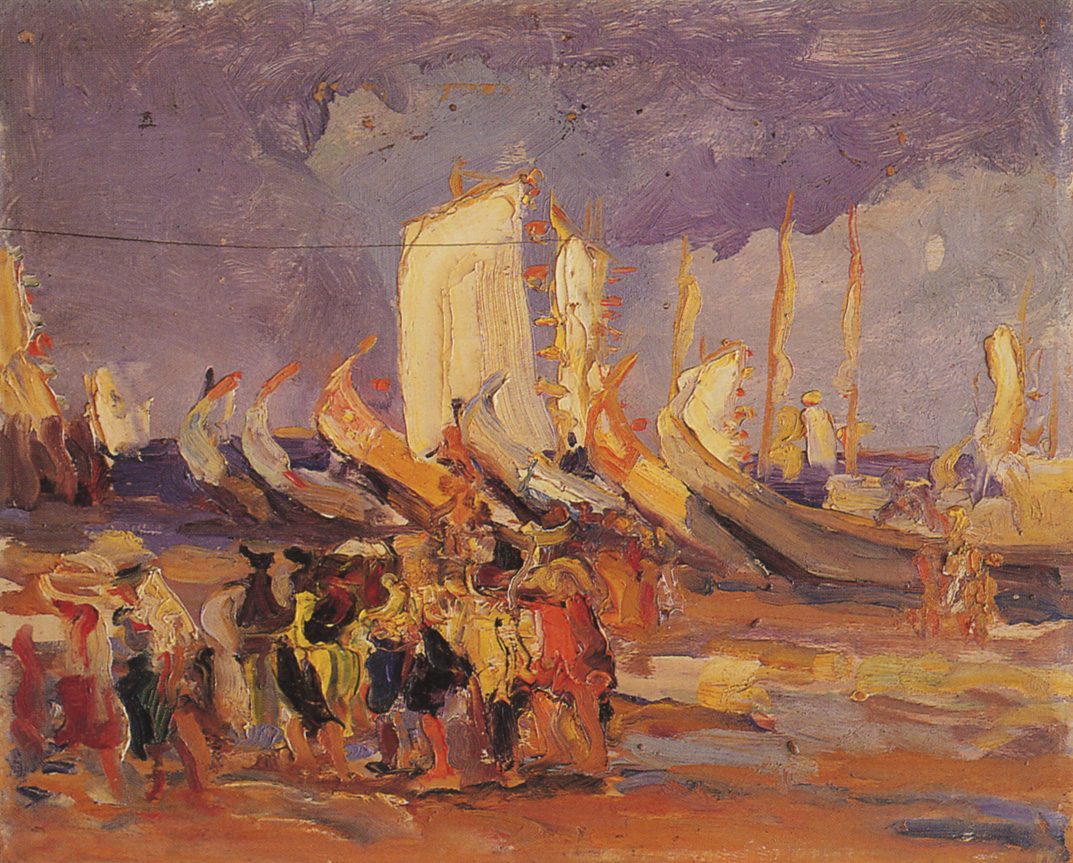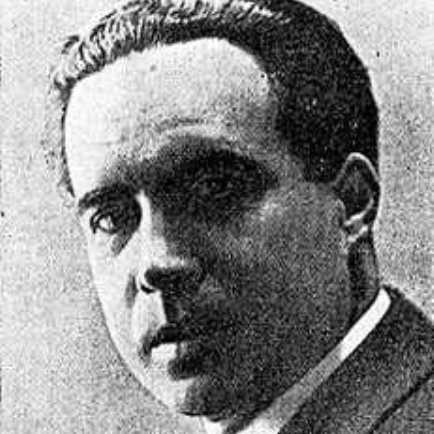Category
GUEST 2017About This Project
Adriano Sousa Lopes (1879-1944)
Adriano de Sousa Lopes was one of the first Portuguese artists to adopt post-Impressionist techniques. His interest was first sparked by fantastical legends and epic moments of the History of Portugal, drawing inspiration from the Symbolist aesthetic. But, in 1903, having been granted a scholarship to study in Paris, as a beneficiary of the Valmor legacy, he fell under the spell of Impressionism and artists such as Monet and Besnard.
In 1917 he had his first individual exhibition in Lisbon, at the National Society of the Fine Arts (SNBA), in Lisbon. The same year, Sousa Lopes, a historical painter by training, he enrolled as an official artist for the Portuguese Expeditionary Corps in World War I.
Between 1929 and 1944, he succeeded Columbano Bordalo Pinheiro as the director of the Museu Nacional de Arte Contemporânea, definitely settling in Lisbon. The collection of the MNAC-MC includes a considerable number of pieces from the key stages of Sousa Lopes’ work, and, in 2015, the museum made the first monographic exhibition dedicated to the artist that was once its director.



